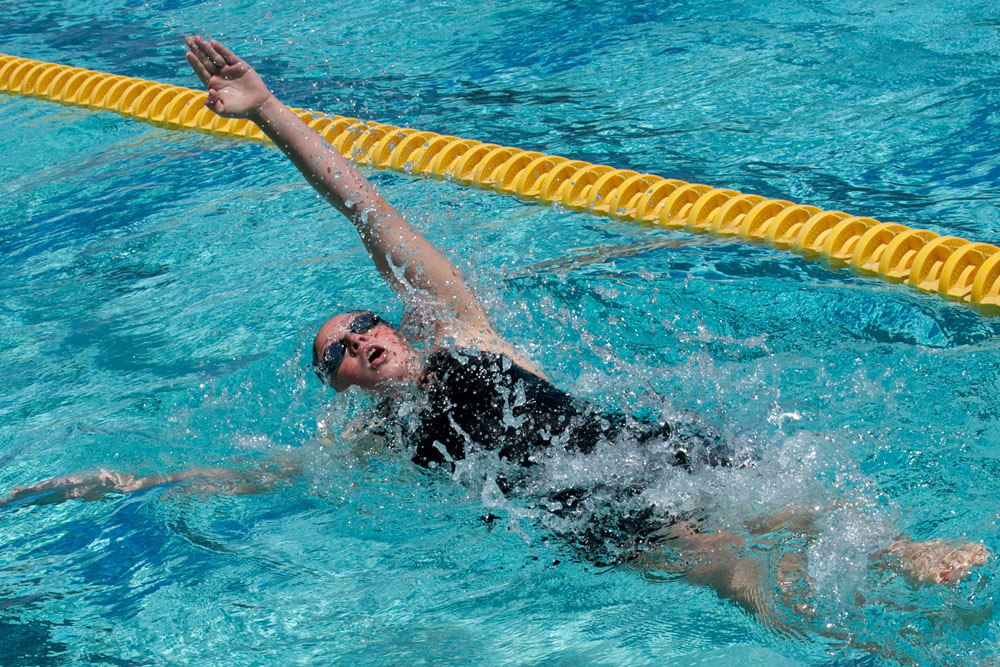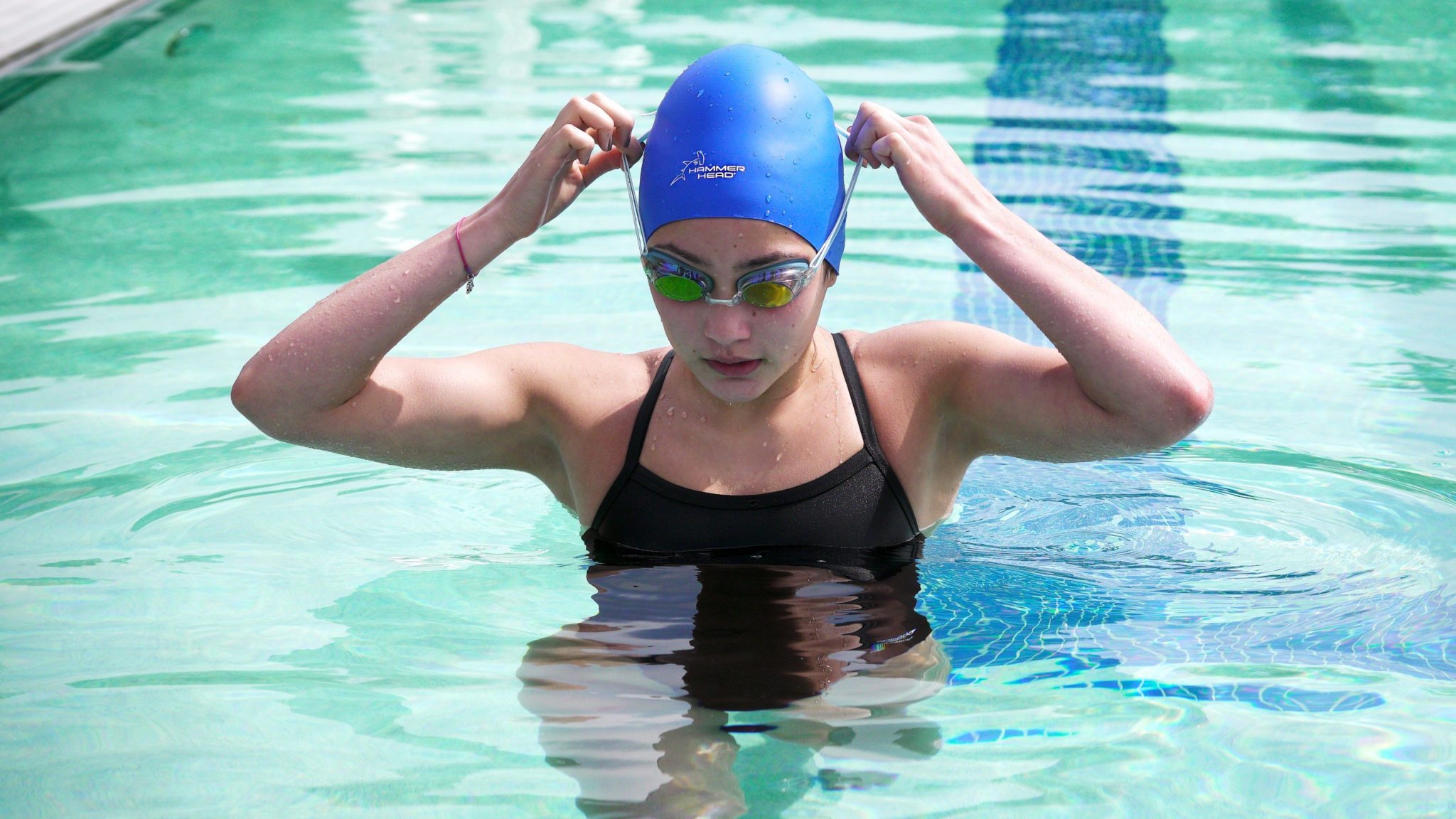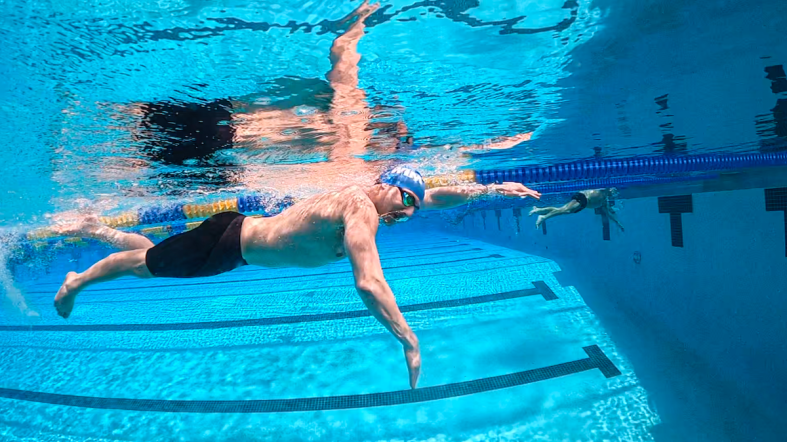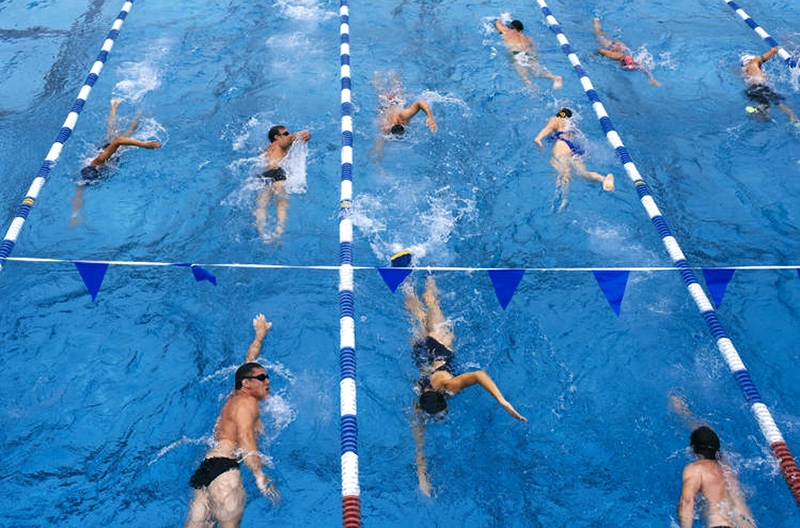Swimming the backstroke combines relaxation with efficiency, offering a unique perspective as you glide through the water on your back. Whether you’re a beginner or refining your technique, mastering the backstroke involves understanding its mechanics and refining your form.
Understanding the Backstroke
The backstroke is characterized by its alternating arm movements and flutter kicks. It’s a stroke that emphasizes rhythm and coordination, requiring a synchronized effort between your arms, legs, and breathing.
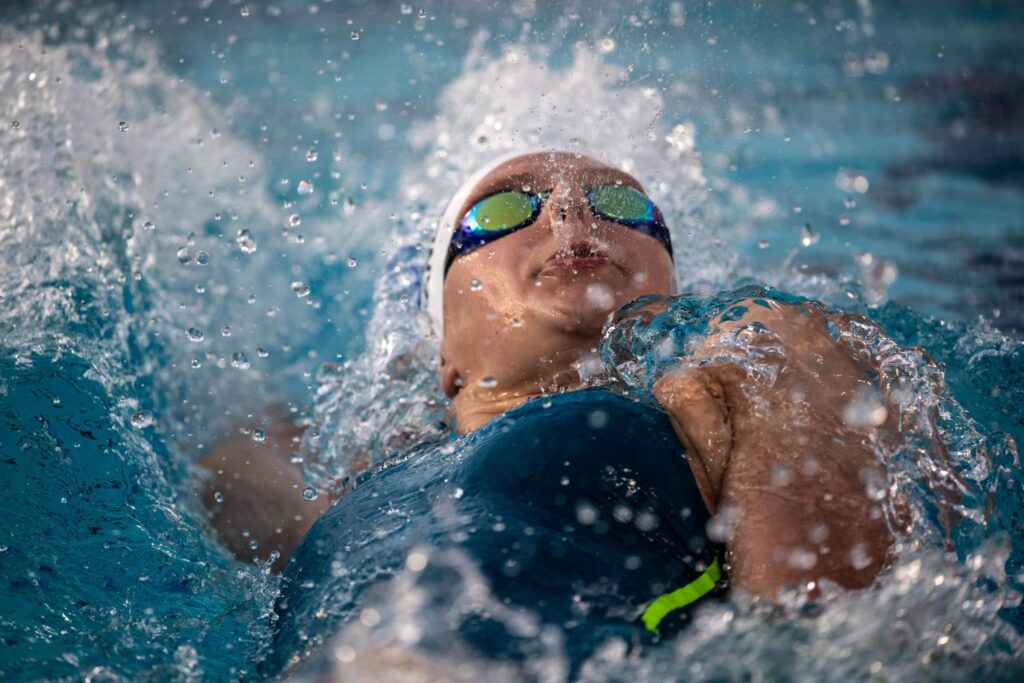
Key Technique Tips
To swim the backstroke effectively, start by positioning your body face up in the water with a relaxed and streamlined posture. Initiate the stroke by extending your arm overhead and entering the water pinky-first, then pulling in a continuous motion down past your hips. As you pull with one arm, the other arm extends back above the water in a windmill-like motion. Coordinate your flutter kick with your arm movements, ensuring it complements your stroke rhythmically. Breathe regularly by rotating your head to the side with each arm stroke, inhaling through your mouth and exhaling through your nose or mouth during the recovery phase.
Developing Your Technique
Improving your backstroke technique involves practicing specific drills to enhance different aspects of the stroke. Focus on drills that improve your arm pull technique, kick synchronization and breathing rhythm. Record and review your swimming sessions to identify areas for improvement, and seek feedback from coaches or experienced swimmers to refine your technique further.
Training Strategies
Building endurance and strength is crucial for mastering the backstroke. Incorporate interval training into your routine, alternating between periods of intense swimming and recovery laps. Strengthen your core muscles with exercises like flutter kicks and back extensions to improve stability and power in the water. Flexibility exercises targeting your shoulders and hips will enhance your range of motion, allowing for smoother arm and leg movements.
Common Mistakes to Avoid
Ensure your backstroke technique avoids common pitfalls that can impact performance. Maintain a steady and relaxed body position to minimize drag and maximize efficiency. Avoid crossing over your arms during the pull phase, as this can lead to decreased propulsion. Practice consistent kick timing to synchronize with your arm movements for optimal speed and endurance.
Benefits of Swimming Backstroke
Swimming the backstroke offers numerous benefits beyond physical fitness. It provides a low-impact workout that is gentle on joints, making it suitable for swimmers of all ages and abilities. The stroke improves cardiovascular endurance, enhancing heart and lung capacity over time. Mastering the backstroke also improves overall coordination and flexibility, contributing to better swimming technique in other strokes.
Conclusion
In conclusion, mastering the backstroke requires dedication, practice, and attention to detail. By focusing on refining your technique, incorporating effective training strategies, and learning from mistakes, you can achieve mastery of this graceful swimming stroke. Whether you’re swimming for fitness, competition, or relaxation, embracing the backstroke will enhance your aquatic experience and swimming skills.
Swim backstroke confidently, and enjoy the fluidity and relaxation of one of swimming’s most enjoyable strokes.
